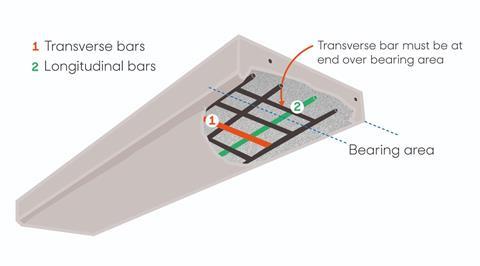Spending on sector hit £700m in August, says Barbour ABI
Spending on new education projects increased 34% in August, offering some comfort to pupils around the country affected by the RAAC crisis.
The latest analysis by Barbour ABI showed spending in the sector hit £700m last month, driven largely by secondary school developments.
After forcing more than 100 schools to close due to the presence of the problem concrete, the Department for Education has been urgently surveying many more. Where RAAC is found, mitigation or remediation work is often necessary.
“All eyes are on the education sector following the scandal around crumbling concrete in schools,” said Barbour ABI’s chief economist Tom Hall.
He added: “Approvals were also positive, with projects worth £500m moving through the pipeline and £400m of project applications in July.”
What is RAAC exactly?

Reinforced autoclaved aerated concrete (RAAC) is a cementitious material made from fine aggregates. Produced as precast planks, RAAC was used extensively between the 1950s and early 1990s, mainly for flat roof structures. But the nature of the material means that it has a limited life of 30 years with structural deficiencies becoming apparent in the 1990’s. In 2018 a school flat roof built from RAAC catastrophically collapsed at a weekend, prompting the Local Government Association and Department for Education to contact all school building owners to warn them about the material.
>> Proportion of RAAC likely to be higher among schools yet to return DfE questionnaires
Barbour’s survey also found a 39% fall in infrastructure spending and a 55% fall in approvals in that sector, while the residential sector remain extremely weak.
August also saw a continuation of higher spending levels for the commercial sector with £1bn in contracts awarded thanks to several large mixed-use projects in London and a positive month for healthcare with £300m.
Hotel and leisure showed signs of returning to normal levels after the pandemic but remained dependent on small numbers of larger projects.
“In the wider construction environment, confirmed activity remains very uncertain, and prospects remain muted for the second half of 2023.” said Hall.



























No comments yet